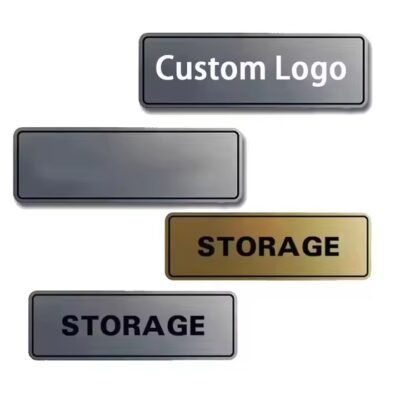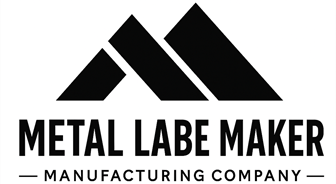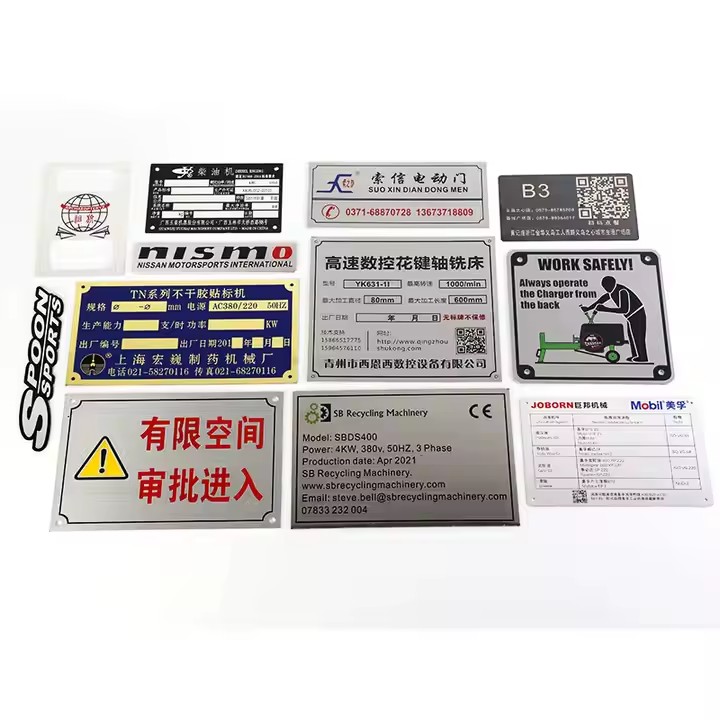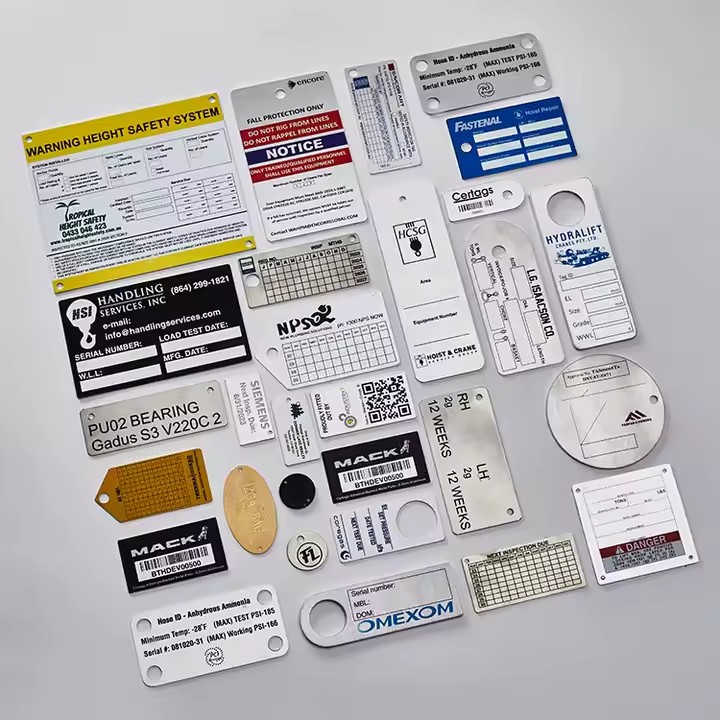How to Make Corrosion-Resistant Aluminum Labels? Protective Techniques Explained
Aluminum labels are widely valued for their lightweight and durable properties, but to ensure long-term performance—especially in harsh or corrosive environments—additional protective measures are essential. This article explores the key techniques used to make aluminum labels corrosion-resistant, extending their lifespan and maintaining their appearance and legibility.
1. Understanding Aluminum’s Natural Corrosion Resistance
Aluminum naturally forms a thin oxide layer on its surface when exposed to air, which provides some degree of corrosion resistance. However, this natural layer can be insufficient in aggressive environments such as marine, chemical, or outdoor applications where moisture, salt, and chemicals are prevalent.
2. Anodizing: Enhancing Surface Protection
Anodizing is an electrochemical process that thickens the natural oxide layer on aluminum. This creates a hard, durable, and corrosion-resistant surface that is significantly more protective than untreated aluminum.
-
Benefits:
-
Provides superior corrosion and wear resistance
-
Allows for dyeing the aluminum in various colors without compromising protection
-
Increases surface hardness and scratch resistance
-
-
Applications: Ideal for industrial equipment labels, outdoor signage, and marine tags.
3. Protective Coatings
Applying protective coatings such as clear lacquer, epoxy, or polyurethane further shields aluminum labels from environmental damage.
-
Clear Coatings: Transparent finishes that protect against moisture, UV rays, and abrasion without altering the label’s appearance.
-
Epoxy Coatings: Thick, durable coatings that offer excellent chemical and impact resistance, often used in harsh industrial settings.
4. Sealing Techniques
Sealing edges and perforations on aluminum labels prevent moisture and corrosive agents from penetrating vulnerable areas.
-
Edge Sealing: Using specialized sealants or coatings on label edges to stop corrosion from starting at cut or drilled areas.
-
Lamination: Adding a transparent protective film over the entire label surface for added durability.
5. Material Selection
Choosing high-quality aluminum alloys with enhanced corrosion resistance can reduce the need for additional treatments. For example, alloys with higher magnesium or silicon content typically offer better corrosion performance.
Conclusion
Making corrosion-resistant aluminum labels requires a combination of natural material properties and protective techniques such as anodizing, coatings, and sealing. By selecting appropriate methods based on your application environment, you can ensure your aluminum labels remain durable, clear, and effective for years to come.







